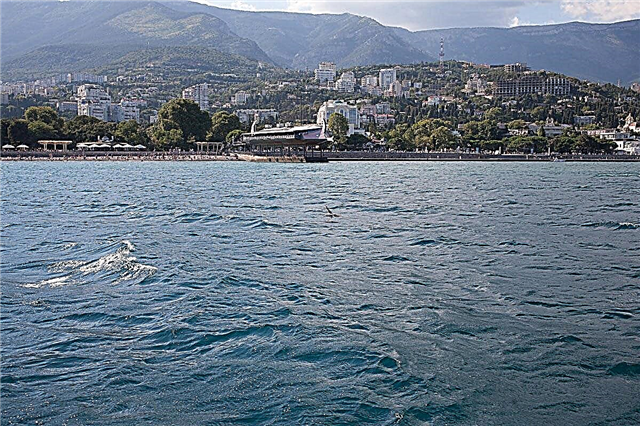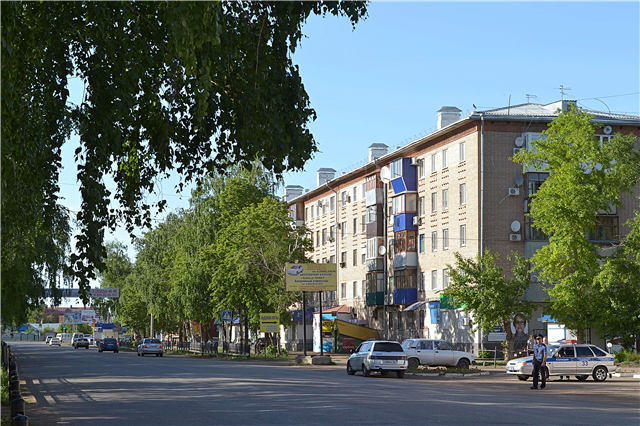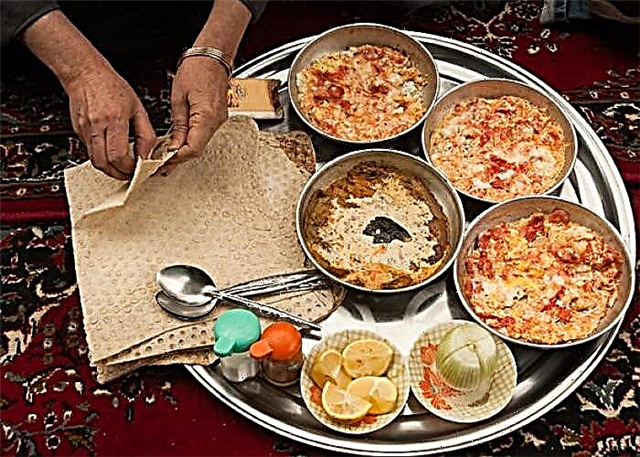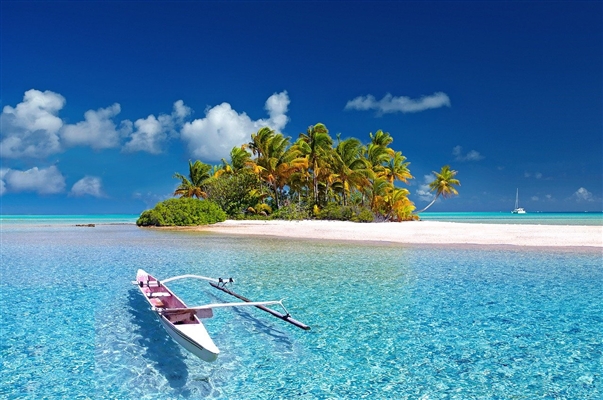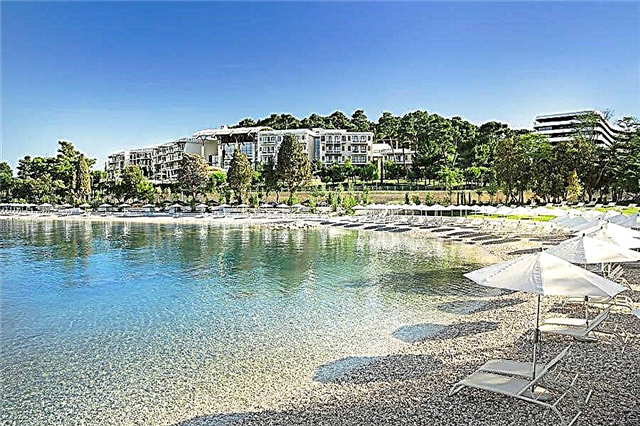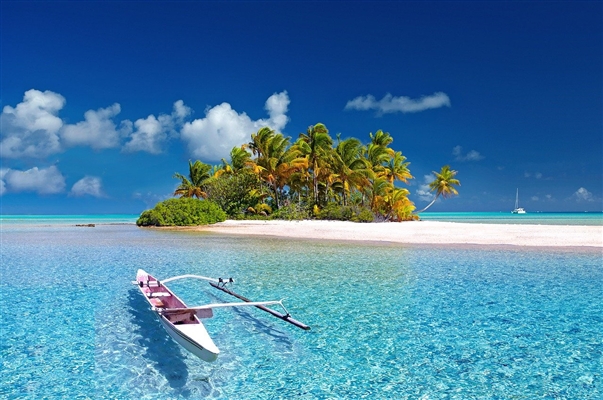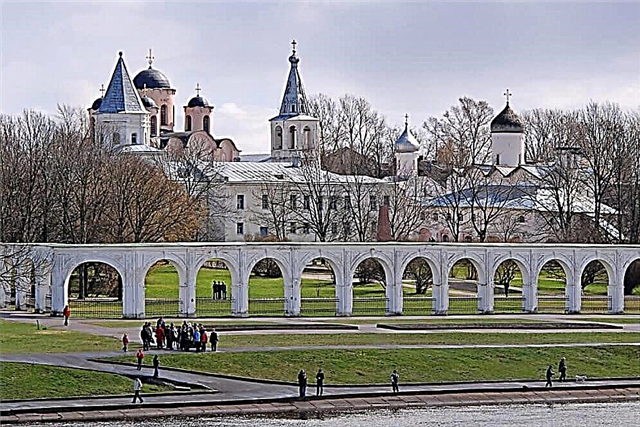The Novgorod region is a region of Russia rich in historical sights. Evidence of the past can be found in a number of settlements, but there are especially many of them in Veliky Novgorod, a key city for Russia. Detinets, cathedrals and monasteries have been preserved practically unchanged. There are also recreated Slavic settlements, for example, in Lubytino.
The abundance of iconic objects also affected tourism, the capital of the region is included in the popular tourist route "Silver Ring". Lovers of everything unusual will also like water tours along the Volkhov River. On its banks there are interesting buildings that can be viewed both from the water and during stops. Natural beauties complement the historical value of the area. Moreover, more and more attention is paid to ecotourism every year.
The most interesting and beautiful places in the region
List, photos with names and descriptions of popular attractions!
Novgorod Detinets
It is also called the Novgorod Kremlin. It was first mentioned in chronicles in 1044. Stands on a dais on the left bank of the Volkhv. The area inside the walls is more than 12 hectares. Of the 12 towers, 9 have survived. There is a cathedral, churches, one of which has become a lecture hall. Tourists are also attracted by all kinds of monuments, a belfry, a Vladychny courtyard, a chapel. Included in the UNESCO World Heritage List. The Kremlin Park surrounds Detinets in a semicircle on three sides. They began to equip it at the beginning of the 19th century, removing the bulk fortifications. Area - 25 hectares. There are fountains, sculptures, a chess house, tennis courts, cafes and more for leisure and walking.

See also: 45 main attractions of Veliky Novgorod. If you are planning a vacation in this region, then an article on the best recreation centers in the Novgorod region will be useful to you.
Sophia Cathedral
It is located inside the Novgorodsky Detinets. Built by 1050. Past paintings have been preserved fragmentarily. It has three iconostases, some of the icons are old, including the "Our Lady of the Sign", dated to the XII century. The relics of more than a dozen saints are kept here. Magdeburg Gate is another feature of the cathedral. In the past, they stood at the main entrance, now they have been moved and open on holidays.

Monument "Millennium of Russia"
Installed in 1862 inside the Novgorod Detinets. The occasion is the millennium since the invitation of the Vikings to the Russian throne. It is divided into three tiers, each with its own semantic load and composition. The total number of figures is 129. They are used to show all important events for the country: the baptism of Rus, the expulsion of the Tatars, the founding of the empire. Many prominent statesmen and church figures are depicted in the lower part.

Lake Seliger
The lake is located in two regions: Novgorod and Tver. The area is 26 thousand hectares. The length of the coastline is over 500 km. It is used for various types of recreation. There are tourist bases. Khachin is the largest among 160 Seliger islands. Nearby there is the Novye Yeltsy estate - a local landmark. In recent years, youth forums have been held here on a regular basis.

Valdai National Park
Founded in 1990 and covers an area of 158 thousand hectares. The goals of creation are the preservation of the lake and forest complex and the development of ecotourism. There are more than 80 archaeological sites within the park. There are also 9 old manors with parks and 22 unique architectural objects. There is a summer children's camp. There are many options for excursions available, both with early booking and at checkout already on site.

"Vitoslavlitsy"
The open-air museum of wooden architecture. Founded in 1964 near St. George's Monastery. Exhibits are wooden buildings for various purposes, from the 16th to the 19th century. Churches, mills, log huts and others from all over the region were brought here in order to restore and preserve unique objects for posterity. On the basis of the museum, folklore events and folk festivals are held.

Yaroslav's courtyard
It appeared in Veliky Novgorod around the 10th-11th centuries. It is an architectural complex. It includes numerous buildings: churches, a seating yard, a fragment of a shopping arcade, an arcade, etc. They have been restored and preserved almost unchanged. The name was given in honor of Yaroslav the Wise. In 1992, the site was included in the list of World Heritage Sites.

The Lord's Chamber
It is located on the territory of the Novgorodsky Detinets. Built in the Gothic style in the first half of the 15th century. One of the oldest brick buildings in the country. It was painted with frescoes inside. In Soviet times it turned into a museum. Numerous reconstructions have significantly changed the appearance. A major reconstruction in the modern period has returned the original features to the chamber. Included in the list of UNESCO World Heritage Sites.

Yuriev monastery
Built on the outskirts of Veliky Novgorod in the first half of the 11th century. Founded in honor of the great martyr George. One of the oldest in Russia. The monastery was in the past the spiritual center of the region. After the revolution, the valuables were taken out. The buildings were actively used for other purposes until the 90s. Cathedrals of the monastery: Spassky, Georgievsky, Holy Cross. There is also a bell tower and 2 churches.

Recommended: 15 main monasteries of the Novgorod region.
Church of the Transfiguration of the Savior on Ilyin Street
Founded in 1375 in Veliky Novgorod. For its time, the building was atypical, as it was distinguished by its monumentality. Ancient icons were kept here, but later they were transferred to St. Sophia Cathedral. The main value is the frescoes created by Theophanes the Greek. The paintings of the dome and the drum have been preserved. It is believed that there may be other works of the master behind the whitewash. Restoration work and research is proceeding slowly.

Hanseatic fountain
Opened in 2009 in Veliky Novgorod. It was installed in honor of the international forum "New Hansa". It is a union of countries for the development of tourism and cultural exchange. The fountain is made in the form of a granite circle, which depicts the coats of arms of the states that entered the commonwealth. Water flows from the center onto the stones outside the circle. A park zone is laid out along the perimeter.

Valdai Iversky Monastery
Founded in 1653 on the island of Valdai Lake. The choice of the site for the construction is related to the vision that Patriarch Nikon visited. Since its abolition at the beginning of the 20th century, an artel, a museum, a recreation center, etc. have been organized in the monastery. By the time the ROC returned in 1991, the buildings were in disrepair. Local relic - the Iberian icon is considered miraculous. A comprehensive reconstruction is underway.

Spaso-Preobrazhensky Monastery in Staraya Russa
Founded at the end of the 12th century. It is not a valid Orthodox object. Converted to a museum in 1973. Before that, it was completely desolate. A number of unique relics of the former monastery are considered lost. From the architectural ensemble of the monastery, the Cathedral of the Transfiguration of the Savior, the Temple of the Meeting with a refectory, the Temple of the Nativity of Christ, the Temple of the Icon of the Mother of God of Old Russian and the bell tower in four tiers have survived.

Antoniev monastery
Founded in the XII century in Veliky Novgorod. Located on a picturesque area of the left bank of the Volkhov. The main temple of the monastery is the Cathedral of the Nativity of the Virgin. The stone cathedral of the monastery is painted with frescoes, partially preserved. Not much remains of the ancient necropolis. The monastery is not active. It is part of the Novgorod Museum-Reserve. There are also lectures for NSU students.

Varlaam-Khutynsky monastery
The active women's monastery, which is in a state of partial restoration. The monastery was founded at the end of the 12th century and was originally a male monastery.The reason for its appearance is the desire of the clergy to cleanse the territory from the influence of evil spirits. It was closed and practically destroyed during the Soviet era. Revived in the 90s. The grave of the poet Derzhavin was returned here. The main relic is the relics of Varlaam Khutynsky.

Rurik's settlement
Dated to the 9th century and belongs to the archaeological sites of Veliky Novgorod. Excavations were carried out at the site of the ancient city. Found birch bark letters, coins of different nations, princely seals, beads and so on. There is an assumption that the capital of the state of Rurik was located here. Many princes used the buildings as residences. It is currently in ruins.

Rdeysky reserve
Founded in 1994. It is located in the southwest of the region. The area is almost 37 thousand hectares. The largest lake is Peipsi. The activities of the reserve are aimed at preserving the sphagnum bogs of the southern taiga. Educational and scientific work is also carried out. They must make the use of natural resources safer for the environment. Taking into account the climate, its own ecosystem has been formed here. There are representatives of the fauna listed in the Red Book.

Nikolo-Vyazhischsky monastery
Located in the village of Vyazhischi. It was first mentioned in chronicles in 1411. In 1920, the monastery was closed and the buildings were transferred to the collective farm. Since the monastery was badly damaged during the Second World War, restoration was required. In the late 80s, its revival in its former status and transformation into a female one began. In addition to temples, there are many other objects on its territory, including vegetable gardens, a necropolis, and ponds.

House-Museum of F.M.Dostoevsky
Opened in Staraya Russa in 1981. It is located in the house where the writer and his family spent the summer seasons. First, they rented rooms here, and then bought the building on the embankment. The first exhibitions appeared at the end of the 19th century, but they were modest. The house was nationalized, and then restored after the end of the Second World War. Thanks to the grandson of the writer, the museum started working again in a different status and with a large collection.

House-Museum of N. A. Nekrasov
It is located in Chudovo on the bank of Kerest. Has been working since 1971. A hunting lodge, which used to belong to the writer, was set aside for the museum. Inside, the furnishings of some rooms, including the study, have been preserved. The exposition concerns creativity in general, but the emphasis is on the connection between Nekrasov and the region. There is also a small showroom. Reconstruction was carried out in 2004. Nearby there is a monument to the writer.

House-Museum of G. I. Uspensky
Founded in 1935 in the village of Syabrenitsy. Here the writer lived with his family for almost two years. It is believed that from here he went on trips to different parts of the country. The only museum in the country dedicated to Uspensky. The exposition tells about the creative path of the writer. Early editions and personal belongings are on display. Several rooms have been preserved intact: a bedroom, a dining room, an office, and a kitchen.

Museum-reserve A. V. Suvorov
Opened since 1942 in the village of Konchansko-Suvorovskoye. The museum gradually expanded as new restored buildings were added. The exposition is devoted, among other things, to the economic activities of the commander, his relations with peasants and relatives. Despite his wealth, Suvorov's life was relatively modest. The museum sells printed souvenirs made in Soviet times.

Art Museum
Located practically in the center of Veliky Novgorod. Occupies a building built in 1851, where the Assembly of the Nobility used to sit. The permanent exhibition opened in 2001. The collection began to take shape long before that: after the revolution, a lot was removed from city estates. About 650 exhibits are exhibited on a permanent basis. There are really valuable canvases, for example, paintings by Repin and Aivazovsky.

Cathedral of the Sign
Located in Veliky Novgorod. Built in the second half of the 17th century. Among other things, it is famous for its frescoes covering the interior walls and porch. The cathedral had to be restored several times; it suffered from fires and desolation. It is all the more surprising that the building has survived at all. Included in the World Heritage List. Nearby attraction is the Church of the Transfiguration of the Savior.

Resurrection Cathedral in Staraya Russa
The time of construction is unknown, but in the 17th century the cathedral was already listed in the inventories. Has three limits. He worked longer than others after the revolution. At the end of the 30s it was transferred to the local history museum. In the early 90s, it was returned to the Russian Orthodox Church and became an active Orthodox object. At the same time, the lost bells were restored. In 2008, a new cross was raised over the dome, and the walls were repainted red.

Museum of the Northwestern Front
Founded in Staraya Russa in 1975. The first such museum in the country. He tells about the activities of an entire front, based on archival materials, testimonies of participants in the events, chronicles and more. The exposition covers 5 main themes: "Demyansk boiler", local battles, rear for the front, occupation, liberation. There are fifteen hundred exhibits, more than half are originals. A T-26 tank is installed next to the museum.

Bells Museum in Valdai
The opening took place in 1995. The building of the Church of the Great Martyr Catherine was assigned to the museum. This architectural monument was built in the 18th century. The collection has been collected for several decades. It was first exhibited in the local history museum in 1980. The exposition consists of bells and bells, as well as items accompanying their production. Tourists are allowed to ring the bells.

County Town Museum
It has been located in Valdai since 1998. Occupies a two-story mansion built in the 19th century and owned by the noblewoman Mikhailova. The building has premises for a permanent exhibition, funds and temporary exhibitions. There are almost 9 thousand exhibits. The excursions are divided into subtopics and cover the history of the city, the Iversky Monastery, tell about the bell production and much more.

Museum "Slavic village of the 10th century"
Created in the village of Lyubytino on the banks of the Msta. The museum is a small settlement, built following the example of villages typical of the Slavs. There are all the necessary buildings for business and life. They are surrounded by a fence. Tourists are not forbidden to look around on their own, try on chain mail and plan tools. During the tour, you can learn more about the crafts and fun of the ancestors.

Resort-sanatorium "Staraya Russa"
It has been operating since 1828, although there were breaks. The resort was not founded here by chance. Local high-mineralized pressurized waters are suitable for the treatment of a number of diseases. In its modern form, it offers an extensive program of treatment and leisure. Spa, cinema, aquatic center, phyto-bar and more are open. There are programs for individuals and families. The list of procedures is agreed with the doctors of the sanatorium.


